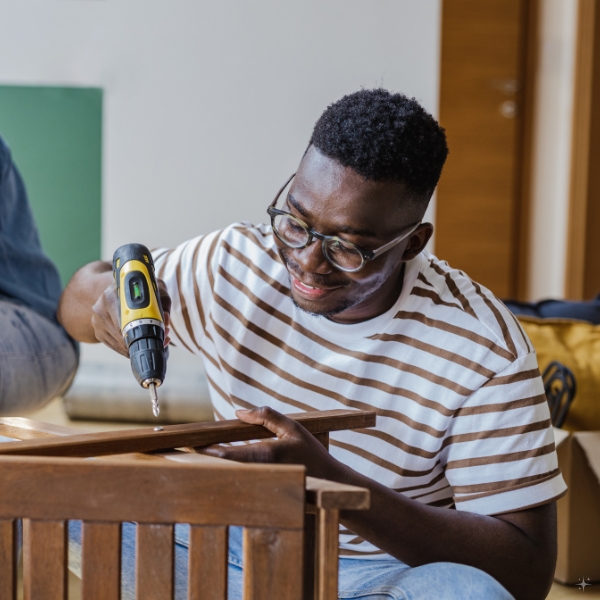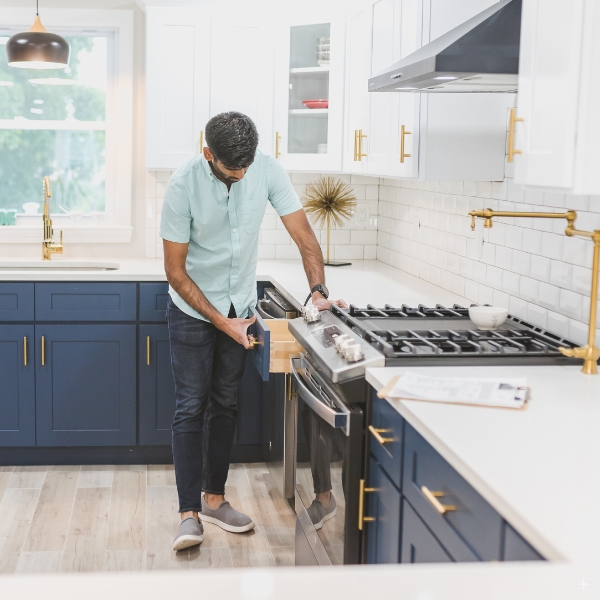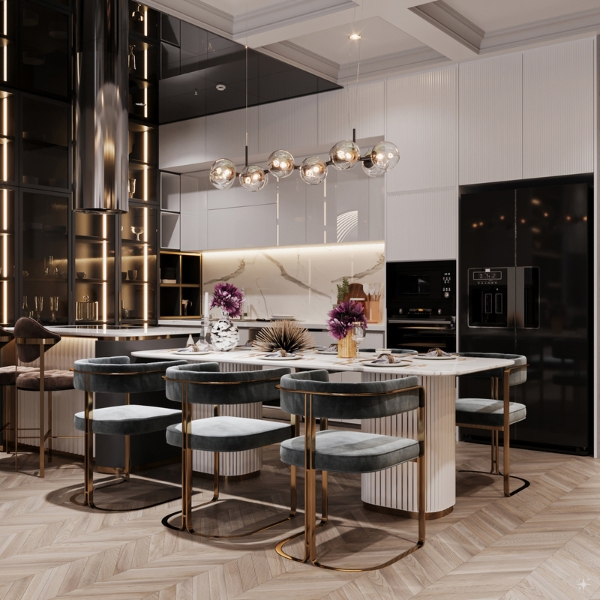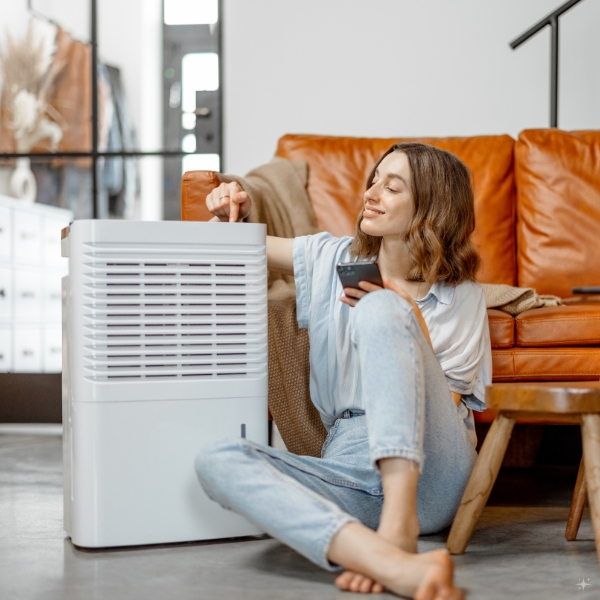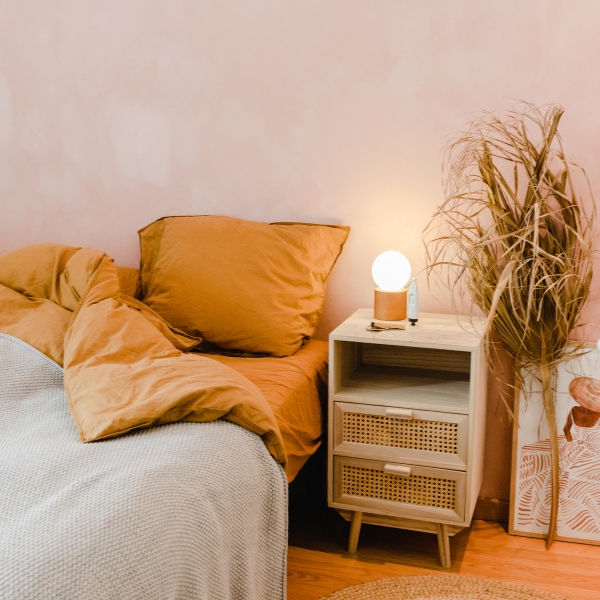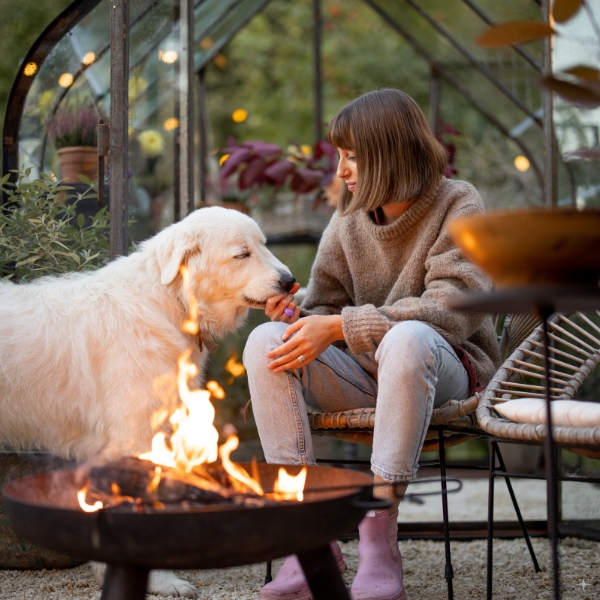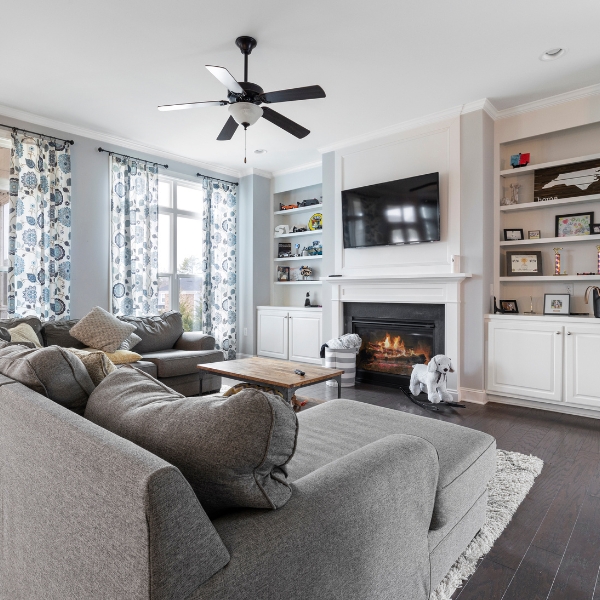House Upgrades to Make This Year : To Help Your Elders. Create a Welcoming Home for Your Loved Ones with These Elder-Friendly Upgrades. The Best Home Upgrades to Spend Quality Time with Your Elders.
In this day and age, many of us are fortunate to have our elders close, whether they’re living with us or visiting often. Upgrading your home to better suit their needs is not just practical—it’s a heartfelt way to show love and care. These changes can make their daily lives easier, safer, and more comfortable, allowing you to enjoy more quality time together without worrying about potential hazards or inconveniences.
If there’s one thing we’re really good at, it’s inventing new technologies and home healthcare services. These services are designed to support and help those who want to age and home for as long as physically possible.
From slip-resistant flooring to better lighting, small upgrades can make a big difference in creating a welcoming space for your loved ones. Plus, these adjustments often bring added benefits to your home’s overall functionality and style. It’s about embracing a multigenerational lifestyle and ensuring everyone feels valued and at ease.
Whether you are planning to install these upgrades in your home for your closest elders, or perhaps you’d like to help an elder in your family to set up their home as their age, then this post is for you:
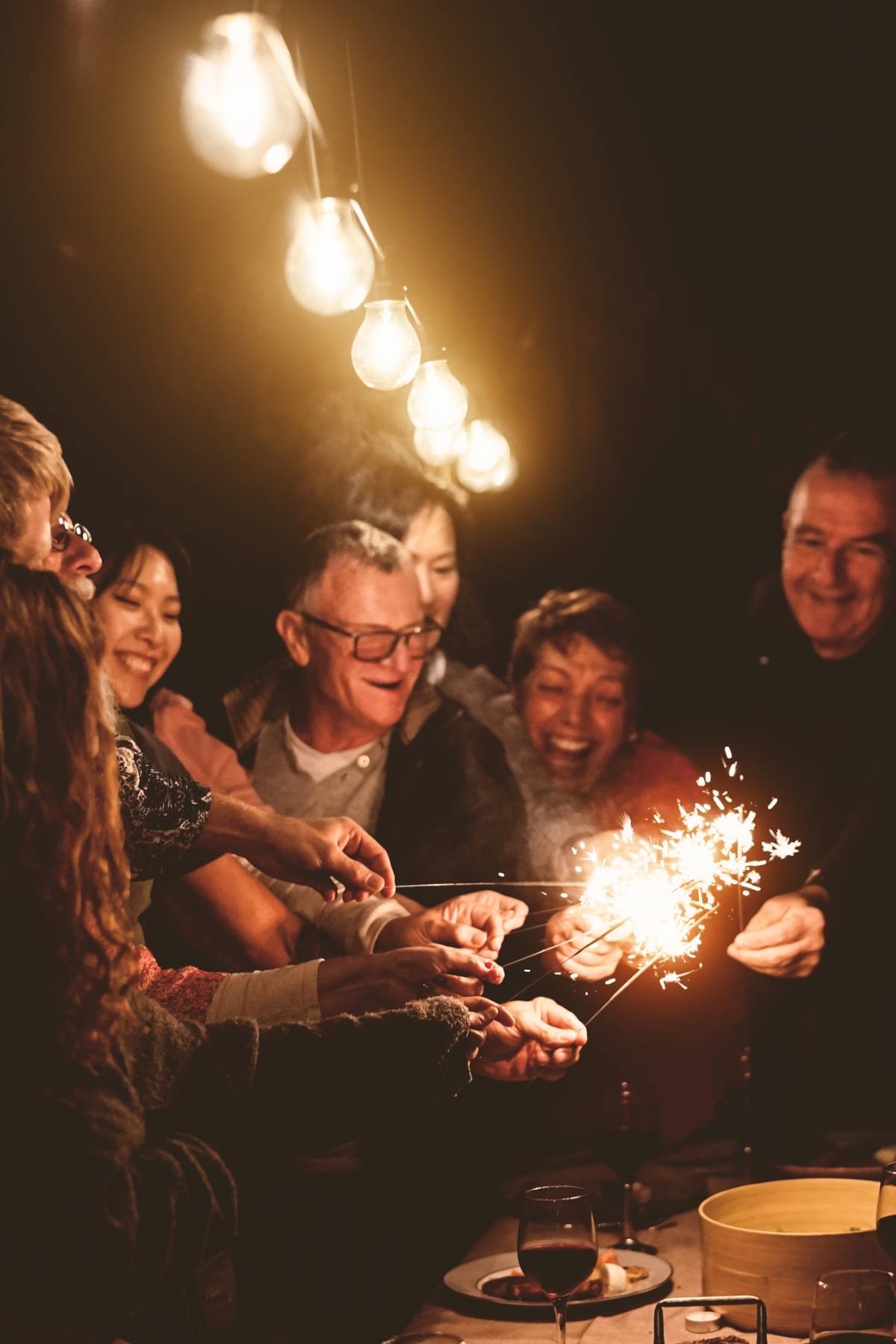
House Upgrades to Make This Year To Help Your Elders
- Install alarms. Installing alarms in the home is a practical and effective way to enhance safety for seniors. A personal medical alarm for seniors is an excellent starting point, providing individuals at risk of falling with a reliable way to contact help if needed. Falls can result in serious injuries, such as broken hips or legs, so having an alarm button that alerts authorities in case of an emergency is invaluable. Adding alarms throughout the house is also a wise decision. This ensures that assistance is easily accessible in different rooms, with the press of a button signaling the need for help. Such measures significantly improve the safety and peace of mind of everyone in the home.
- Have ramps installed. Installing both indoor and outdoor ramps offers significant benefits beyond supporting wheelchair users—it’s a game-changer for anyone with limited mobility who can still walk. Ramps provide a safer and more manageable alternative to navigating stairs, making daily life easier for seniors aging in place. While the cost of ramp installation might seem like a big investment, it’s a worthwhile one, reducing the risk of accidents and injuries. Ramps also enhance the accessibility of your home, ensuring friends, family members, and caregivers can visit effortlessly. In the unfortunate event of a fall or emergency, ramps simplify the process of moving someone safely and quickly. This thoughtful upgrade not only improves safety but also fosters inclusivity and convenience for everyone in the home.
- Upgrade your lighting. One of the most overlooked home modifications is upgrading the lighting. While it’s often part of a standard home renovation, it becomes even more essential when hosting elders or helping them with a home redesign. As people age, their need for proper lighting increases to maintain a safe and comfortable quality of life. Updating lighting systems is a quick and cost-effective way to enhance safety and prevent falls. Wireless motion-sensing lights in hallways can provide illumination for nighttime bathroom trips, and automatic nightlights can improve visibility throughout the home. Touch lamps are another excellent addition, making it easier to operate lights without fumbling with small switches. These upgrades not only reduce accident risks but also boost confidence and independence in living spaces.
- Change out your flooring. That old carpet, likely worn out or shredded by the cat, might be overdue for replacement. One in four older seniors experiences a fall annually, and many of these falls lead to significant injuries. Ensuring your floors are safe involves reducing tripping and slipping hazards as much as possible. For instance, rugs that aren’t moisture-resistant can pose a serious risk. If your carpets have been in place for years, it’s worth considering an upgrade. Hard flooring is not only easier to clean but also reduces these risks significantly. Replacing carpets with hard flooring and adding non-slip mats can create a safer environment while allowing for easier navigation around your home.
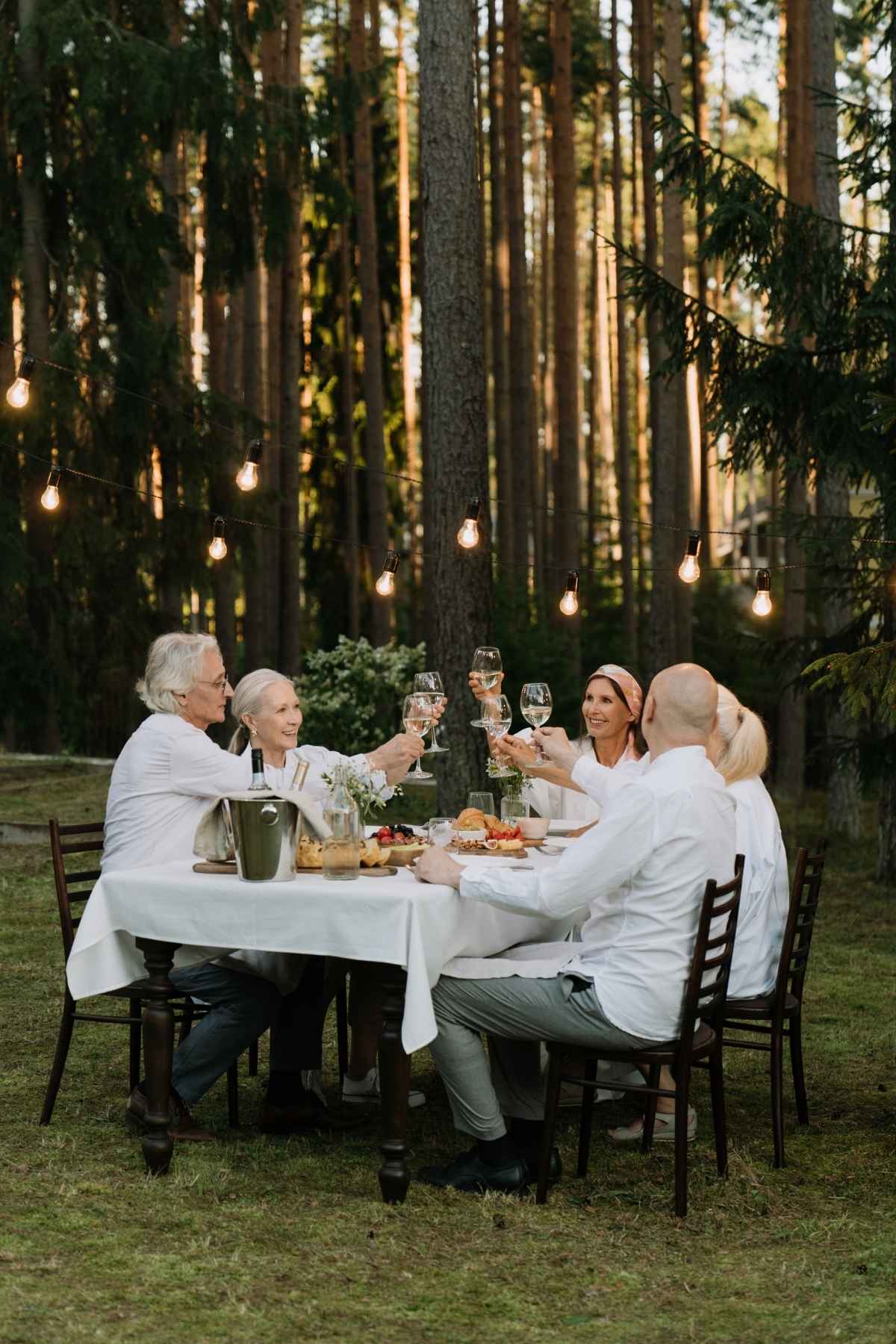
- Make your home smarter. If you want to maintain your independence while staying safe, aging in place is all about incorporating smart home technology. Medical alerts, smart smoke detectors, and remote monitoring systems are essential for your safety and peace of mind. The right technology can be incredibly rewarding, especially when it’s tailored to your specific needs. For example, automatic pill dispensers ensure you never miss a dose, while virtual assistants can help with daily tasks. Additionally, smart devices designed to aid with memory loss can make a significant difference in managing everyday life. Embracing these tools not only boosts safety but also enhances your quality of life as you continue to live independently.
- Install handrails. (House Upgrades to Make This Year To Help Your Elders) Handrails aren’t just for stairways or hallways—they can be installed next to the toilet, sink, and bath to enhance safety throughout your home. These handrails are designed to support the full weight of a person, making living alone much safer and more convenient. With handrails by the sink, you’ll feel more secure while washing dishes, knowing there’s support if you slip on water. Installing handrails near the toilet allows for easier movement when getting up and down, promoting independence and comfort. Even a small modification like this can make a big difference in daily tasks. By adding handrails in strategic places around your home, you’re creating a safer, more supportive environment for yourself or your loved ones.
- Bring down your cabinets. It’s essential to ensure that you can access items that were once easy to reach but have become more difficult as you age. In the past, you may have relied on a step stool or ladder to reach higher areas, but to better accommodate your needs, consider adjusting the height of certain areas. You might need to raise the sink or kitchen counters and lower your cabinets to make everything accessible while standing. If you prefer to access your cabinets while seated, raising the counters can make a big difference. Additionally, consider replacing traditional cabinets with pull-out shelves or easy-access drawers for better convenience. Installing an adjustable height showerhead in the bathroom can also help make showering easier from a seated position, ensuring your comfort and safety. These thoughtful modifications can go a long way in maintaining your independence.
- Install a stair lift. If you’re not living in a one-story home, a stair lift can be a game changer. Walking up and down stairs can not only be challenging but also energy-draining, especially as you age. Installing a stair lift can significantly improve your mobility and make it much easier to navigate multiple levels of your home. This is particularly helpful for those who are visually impaired or planning to age in a multi-story home. Reducing the risk of serious injuries, such as falls, is essential for maintaining your safety and independence. With a stair lift, you’ll feel more confident knowing that you can move around your home with ease, allowing you to enjoy your space for much longer.
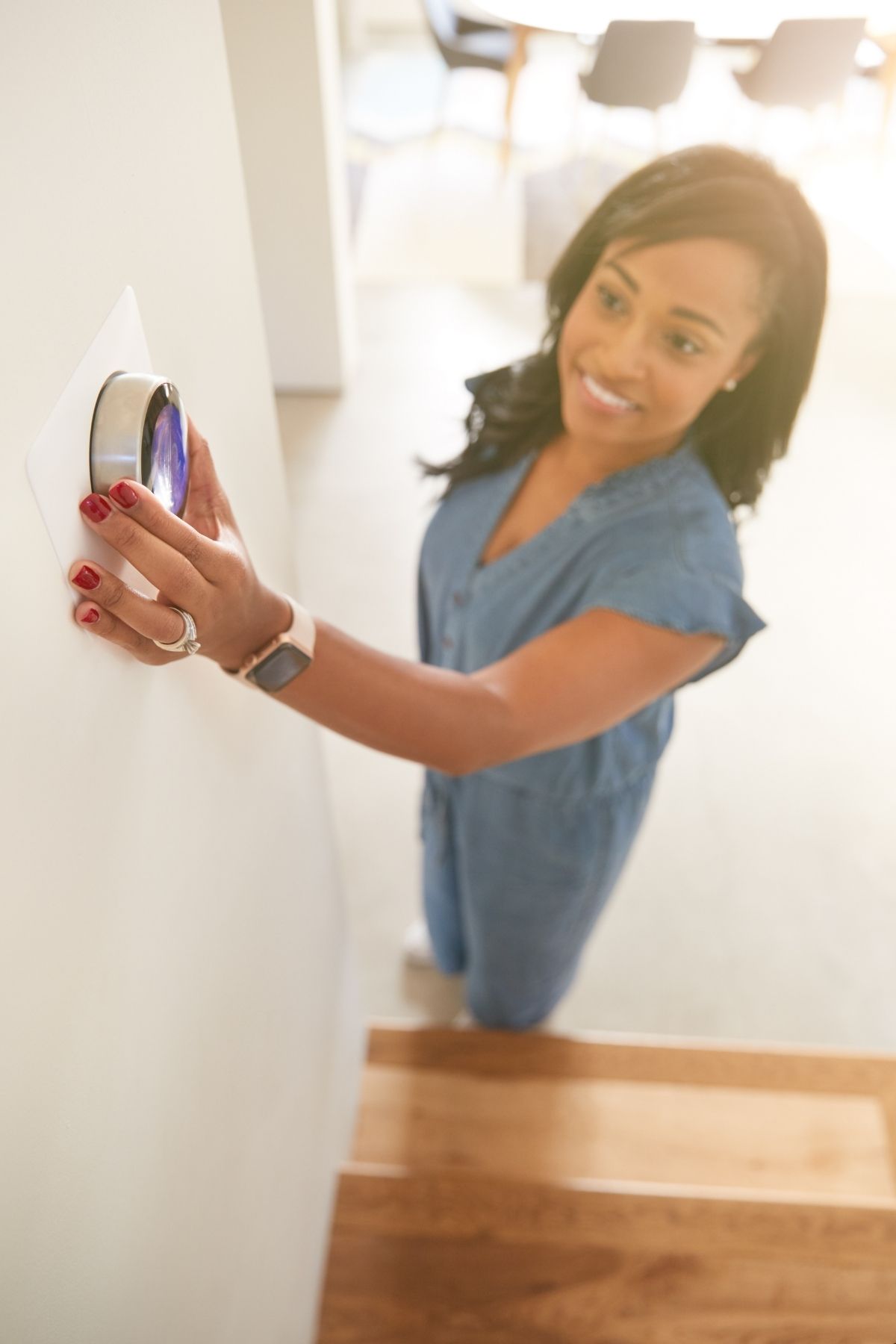
- Install smoke alarms. Smoke alarms are essential in any home, but for those who are deaf or hard of hearing, they can be even more important. Standard auditory alarms might not be sufficient, so replacing them with smoke detectors that use flashing lights or vibrating alerts can significantly enhance safety. These specialized smoke detectors provide a visible or tactile warning, ensuring that you are alerted in case of a fire, even if you can’t hear the traditional alarm. By making this simple upgrade, you can ensure that your home remains a safer place, especially for those with hearing impairments.
- Install a smart thermostat. Without proper cooling and heating, the risk of heat stroke or hypothermia increases, especially as we age. Older adults are more sensitive to extreme temperatures, making it crucial to upgrade your heating, ventilation, and air conditioning (HVAC) systems. By ensuring that your home is well-equipped to maintain a comfortable temperature year-round, you can create a safer environment. This upgrade not only helps prevent temperature-related health risks but also improves overall comfort. A well-regulated home temperature makes a significant difference in maintaining well-being, ensuring that both heat and cold are effectively managed.
House Upgrades to Make This Year To Help Your Elders
Upgrading your home to support your elders isn’t just an act of kindness—it’s a smart investment in comfort and safety for everyone. By making thoughtful changes, you create a space where older loved ones feel secure and welcome, all while preparing your home to meet your own future needs. It’s about aging gracefully and ensuring your home evolves with you, offering peace of mind for years to come.
These upgrades also make it easier to entertain older guests, creating an inclusive environment where everyone feels comfortable and cared for. From safety rails to better lighting, these enhancements add value to your property while promoting independence and well-being. You’ll find that the time and effort you put into these improvements pay off in meaningful connections and a home that’s truly built to last. It’s not just about today; it’s about setting the stage for a brighter, safer tomorrow for everyone.

